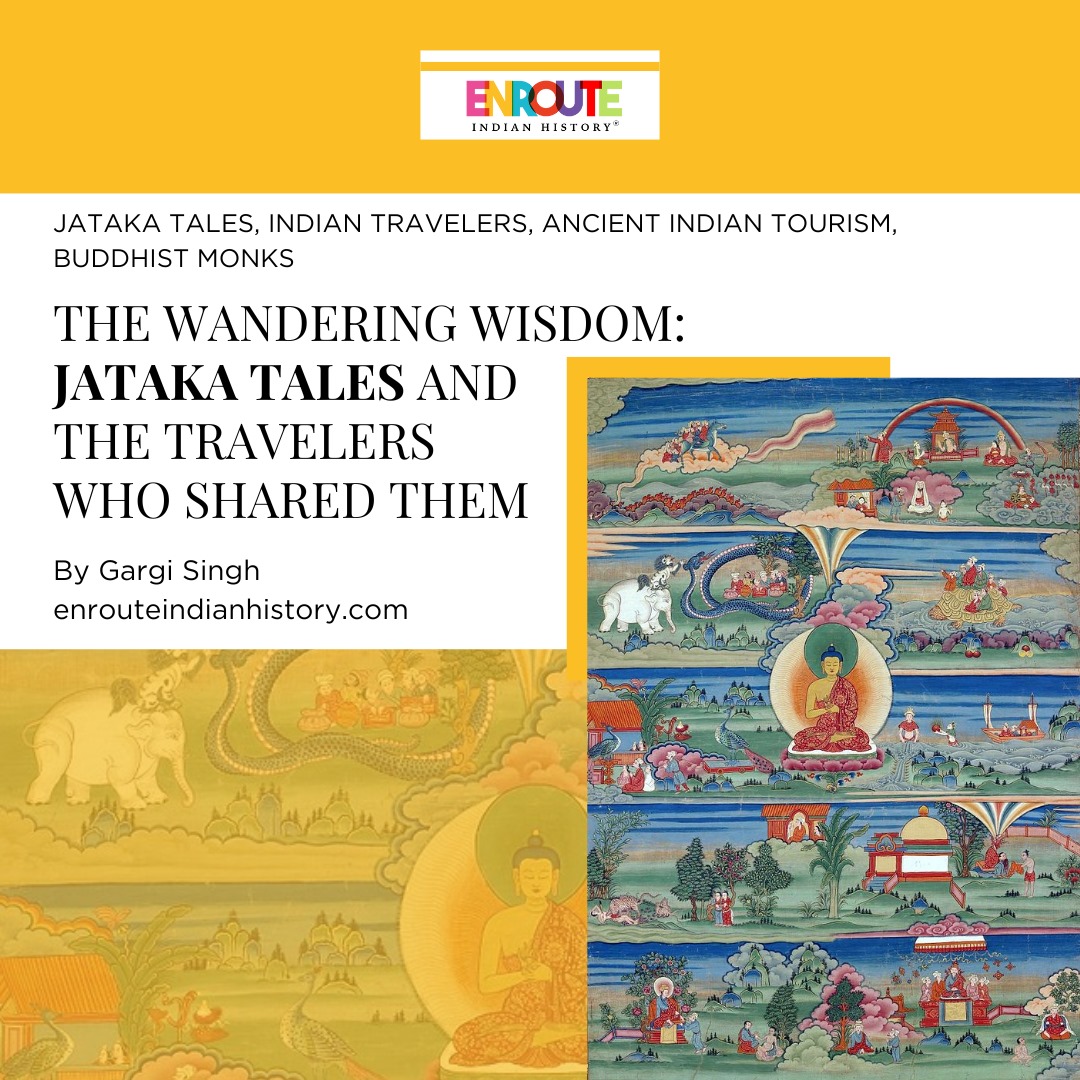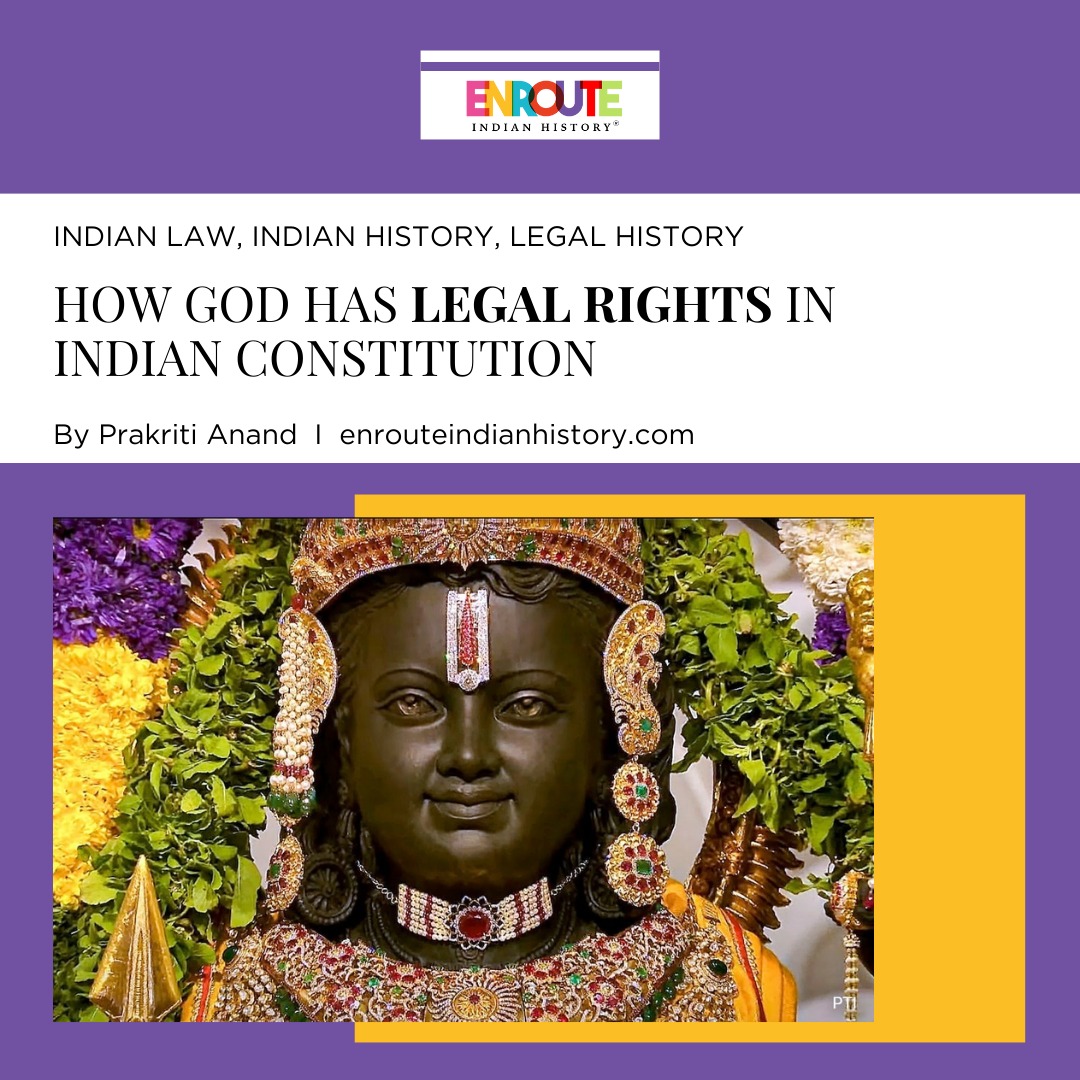
Band Baja baraat is the Indian equivalent of a wedding. The multi-day affair that is an Indian wedding would not be complete without the thunderous dhol, gentle Bollywood music, and exuberant dancing. But nothing stirs Indians’ emotions like baraat dancing, which has become a recognized dance form in and of itself.
A baraat is a ceremonial wedding procession for the groom that includes live music and dance. It entails the groom, his friends, and his closest family members making way to the bride’s house or the marriage venue. The name is derived from the Sanskrit word Varayatra, which literally means groom’s procession. The concept of the baraat arose when individuals had to travel from one village to another to marry. The baraat would go to and remain at the bride’s hometown for more than two weeks, during which the bride would be brought back to the groom’s household after a series of rites were completed.
Baraats come in various forms. The groom is always dressed in traditional Indian finery, but according to his taste, he may be seated on an elephant, chariot, ceremonial horse, or antique vehicle. The vehicle is embellished with decorations that compliment the groom, and all eyes are on the two as they make their way through the procession. Sometimes, the ‘baraati’s have their own vehicles. Typically, guests now lead the way dancing from one hotel to another, or from the hotel door to the lobby or event venue entrance.

A Groom on horse with band baja -Nomad Tales/ Wikicommons
Traditionally, the groom’s means of transportation at the baraat also served as a status symbol. A groom would often be placed on a horse, camel, or tonga (a horse-drawn carriage); the only people who may mount an elephant during a baraat were members of the royal family or the large thikanedar.
The barat begins with tying the groom’s sehra, which is adorned with flowers or beads. The employed “Safaawala” then tie matching turbans to each baratis. The next step is the sawaari ritual, which involves climbing a horse (or other vehicle). The bride’s family welcomes the baraat; the groom’s and bride’s families gather at the venue’s entrance during a custom known as milni. While the other participants sing folk songs, the bride’s mother puts a tilak on the groom’s forehead and does an aarti to fend off evil. Several of the women’s songs that are performed upon the baraat’s entrance are of the galis song genre, which makes fun of, teases, and disparages the groom and his entourage. The exchange of garlands, or jaimala, with the bride comes next.

Baraats have evolved over time into the musical group they are today, performing Bollywood hits at weddings and other joyous occasions.
The band baja of the barats, in its current form, originated from military brass bands from 18th century Britain. Author Katherine Brucher makes the argument in the preface to Brass Bands of the World: Militarism, Colonial Legacies, and Local Music Making that the British military bands of colonial India and the royal Indian procession came together to form brass baraat bands. She brings up the band played for the Earl of Auckland in 1838 by Maharaja Ranjit Singh. In the chaotic setting of a battlefield, the bandsmen and their large musical instruments initially served as the only way of leading an army.But throughout time, as a representation of their grandeur, these marching bands changed into musical processions for monarchs and other aristocracy.Ultimately, they evolved into the musical group they are today, performing Bollywood hits at weddings and other joyous occasions.Today, even if only for a short while, their military-inspired costumes, drums, and trumpets are a staple of most Indian weddings.

An 1840s Pahari-style artwork captures the Mahabharata event that shows the procession leading up to Krishna and Rukmini’s marriage.
Let us take a look at some barats through Indian history:Krishna’s Baraat Bonhams, Public domain, via Wikimedia Commons
The Kidnapped Wife:
Rukmini, who was enamored with Krishna, was engaged to Shishupala, the cousin of Krishna who ruled the Chedi Kingdom. She refused to accept it and sent a Brahmana to Krishna to express her feelings. At the Ambika temple, Krishna swept Rukmini into his chariot. When they arrived in Dvaraka, they were greeted with great fanfare and ceremony, which was followed by a wedding. An 1840s Pahari-style artwork captures the Mahabharata event that shows the procession leading up to Krishna and Rukmini’s marriage.
The Bloody Baraat:
Vijay Rao, a Varihaha Rajput from the Jaisalmer region, was often harassing and assaulting the Bhattis. Finally, the Bhattis recognized that they would have to resort to deception in order to prevail. Therefore, they sent a proposal of marriage for their daughter to Rao. When Vijay Rao arrived with the baraat, the Bhattis executed him as well as 750 other men, although Vijay Rao’s son Devraj was able to escape.

“The Marriage Procession of Dara Shikoh” commemorates this on paper. The bride’s relatives can be seen cheering and singing in the background, with firework, candle, and torchlight lighting the entire scene.
Dara Shikoh’s Baraat National Museum, Public domain, via Wikimedia Commons
Mughal Baraat:
After mourning the death of Mumtaz Mahal for a year, as the Royal Family approached its first celebration, Padshahnamah records how ‘by the Emperor’s command, the Princes Muhammad Shah-Shuja, Muhammad Awrangzeb and Murad-Bakhsh, along with…other renowned amirs and dignitaries of state, went to the Prince’s exalted domicile and held a celebration at which the exalted officials presented suitable gifts in congratulations for this happy ceremony. Then they mounted the pearl of the crown of the sultanate on a mountainous, heavenly-moving, rose-coloured horse and, according to their stations, some mounted and others on foot, set out in his entourage.’
“The Marriage Procession of Dara Shikoh” commemorates this on paper. The bride’s relatives can be seen cheering and singing in the background, with firework, candle, and torchlight lighting the entire scene. The majority of the eminent members of the “baraat,” including Emperor Shahjahan, who has a halo around his head, are mounted on horses. Leading the parade is none other than Prince Dara Shikoh. He is dressed in an angrakha with brocade and a pearl veil. In the distance, close to the horizon, the women that follow the baraat are seen riding elephants.
The Baraat That Goes Every Year
The Ramlila festival in Agra includes Ram baraat, the wedding procession of Lord Ram. Every year, a new Agra neighborhood is selected and lavishly decked out for Janakpuri with lights and flowers. Ram baraat’s history is said to date back around 125 years, to when a well-known businessman named Lala Kokamal initiated the custom of three days of celebrations centred around the royal wedding. In 2015, Janakpuri was celebrated from 8-10 October in the Gandhi Nagar locality while in 2018, Janakpuri was celebrated from 7-10 October in the Vijay Nagar locality.

Baraats are ever evolving. The festivities seldom cease at an Indian event, and the baraat has now morphed into a further incentive to party.
A live DJ set or performance is now introduced to the mix of baraats bands, which used to only include live music and dhol rhythms. Choreographed dances in the form of flash mobs are also not unheard of. Grooms are now finding creative ways to make a memorable entrance, on motorcycles or even autos. Even brides want their own baraats now. However, the joy of attending a barat remains the same.
BIBLIOGRAPHY
- Singh, S., 2019. The Politics of Marriage in India: Gender and Alliance in Rajasthan. Oxford University Press.
- Ayyar, P.J., 1982. South Indian shrines: illustrated. Asian Educational Services.
- Praachi Rani (December 13, 2021), ”Everything You Need to Know About the Baraat”, https://www.brides.com/indian-baraat-5075885
- Nikhil Kapoor (January 12, 2017), ”Decoding Indian ‘Band, Baaja, Baraat”, https://www.nikhilkapur.com/blog/2017/1/12/decoding-indian-band-baaja-baraat
- Moumita Chaudhuri (Febraury 12, 2017),
- “ Band, Baaja, Barbaad”, https://www.telegraphindia.com/7-days/band-baaja-barbaad/cid/1315277
- April 4, 2024
- 7 Min Read


























